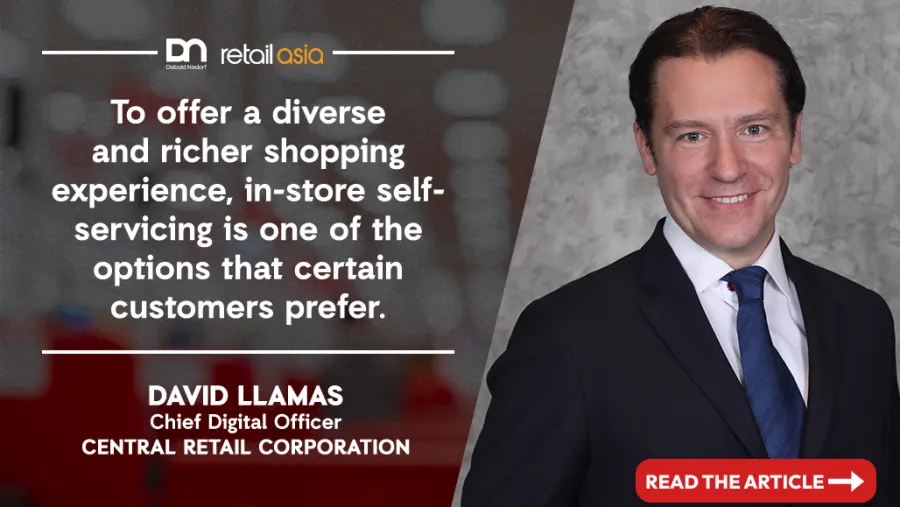
Self-service: Who is it for?
The younger generation is seen to be more comfortable using self-service technology.
Southeast Asia pales in comparison to other markets in adopting self-service technology, but as Diebold Nixdorf found retailers in the region are catching up. In this pursuit, retailers need to determine how it can integrate self-service into their operations, and more importantly, who it is for.
In its Asia Retail’s Journey Toward Self-Service report, Diebold Nixdorf found that only 16% of retailers in the region have implemented self-service and 33% are trialing the system. Whilst this is a small portion, 46% of retailers have expressed interest in or planned to adopt self-service.
“Retailers should thoroughly consider the implementation of self-servicing solutions,” David Llamas, Chief Digital Officer, Central Retail Corporation, said.
“Guaranteed adequate location, space, and support, as well as the necessary signage and help, are all key aspects that need considering during early consumer adoption.”
Retailers need to also prepare product information management, price and barcode tagging, and convenient forms of payment before launching subservicing options.
Llamas noted consumers vary in the way they interact at stores when shopping with some feeling more comfortable talking to associate salespeople, whilst others prefer to shop on their own.
“To offer a diverse and richer shopping experience in stores self-servicing is one of the options that certain customers prefer, and This is why we invest in such technologies,” he said.
Self-servicing can improve retail operations, Llamas said, as it allows floor sales staff to focus on customers who prefer human interaction. This will in effect increase the overall customer service and customer satisfaction.
Amongst consumers, it is likely that the younger generations will feel more comfortable with self-service systems as they are more tech-savvy.
Younger customers are also more self-sufficient in shopping from discovery to purchase.
“It is likely that younger consumers will be less reliant on human interactions than older generations who did not have self-servicing as an option,” Llamas said.
“The share of self-servicing sales compared to total retail revenue is likely to increase with time.”



















 Advertise
Advertise


